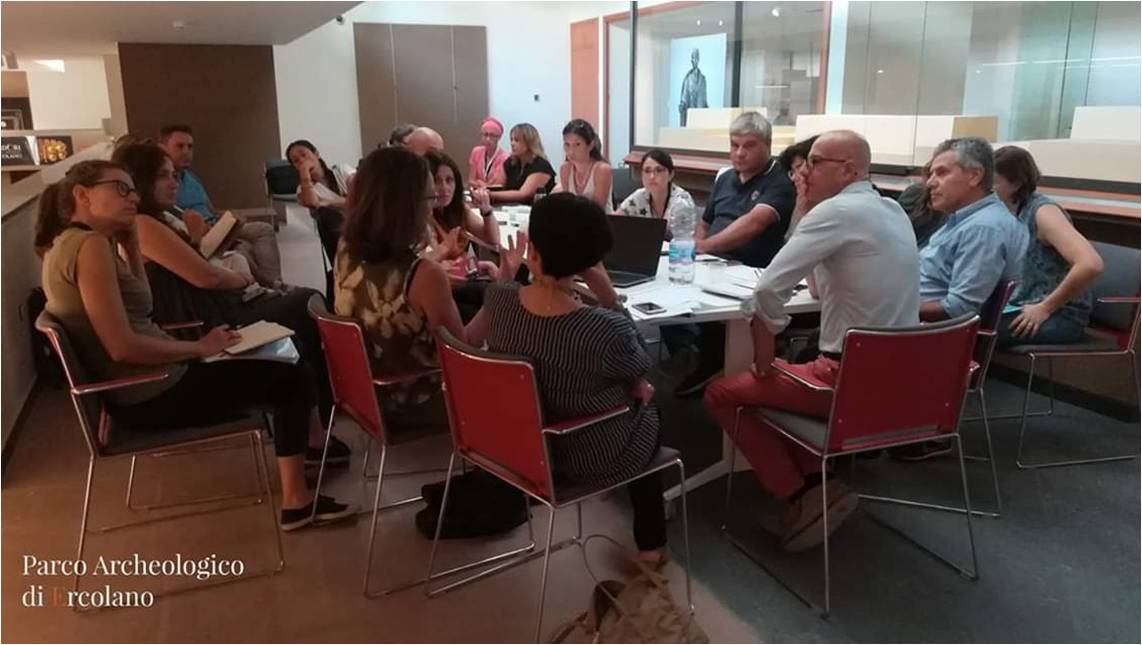

In response to severe decay across the archaeological site, in 2001 a process of change was initiated by a philanthropic foundation, the Packard Humanities Institute. Twenty years on the public-private partnership which emerged, the Herculaneum Conservation Project, continues to conserve and enhance ancient Herculaneum and its relationship to the surrounding area, including the modern city of Ercolano and the wider Vesuvian region. The partners’ activities today unfold within the management system of the dedicated public heritage authority responsible for the site, the Parco Archeologico di Ercolano. The partnership has also benefited from significant collaborations with many other local, national and international stakeholders.
Each partner brings its particular strengths to the initiative: for example, the democratic mandate and long-term commitment of the public authority and the responsiveness and vision of the private partner. A team of Italian specialists from different disciplines and specialist contractors have worked alongside public heritage officers to identify and tackle the problems faced at Herculaneum, reinforcing the existing management system from the inside.
The public-private partnership found fertile ground to commence thanks to a first phase of management autonomy that the local heritage authority gained from the central Ministry in 1997 which created a more responsive and flexible public partner. Even more significant results have been obtained since a dedicated management authority was created for Herculaneum alone in 2016.
At the heart of improvement at Herculaneum in the 21st c. has been the private partner’s commitment to long-term partnership as the means to achieve enduring change.
- The public sector can suffer from a lack of intellectual resources, an excess of administrative hurdles and inappropriate distribution of risk and responsibility. The international element of the partnership helped in these areas, also by increasing neutrality and reducing the impact of short-term political agendas.
- In a sector at times closed and self-referential, public-private partnership has been a catalyst for reinforcing and opening up the existing management system to new forms of cooperation with diverse interest groups.
- External support is often judged by the scale of funding when often the time parameter defines effectiveness of multilateral initiatives. Good planning of the use of long-term support can secure solutions capable of surviving long after the lifetime of a partnership.
- Delays in finding a legal framework for the partnership to flourish seemed an obstacle. In reality, the 3-year lead-in time to real action on site proved an advantage in building mutual understanding and dedicating quality time to understanding the needs of the site and the management system.